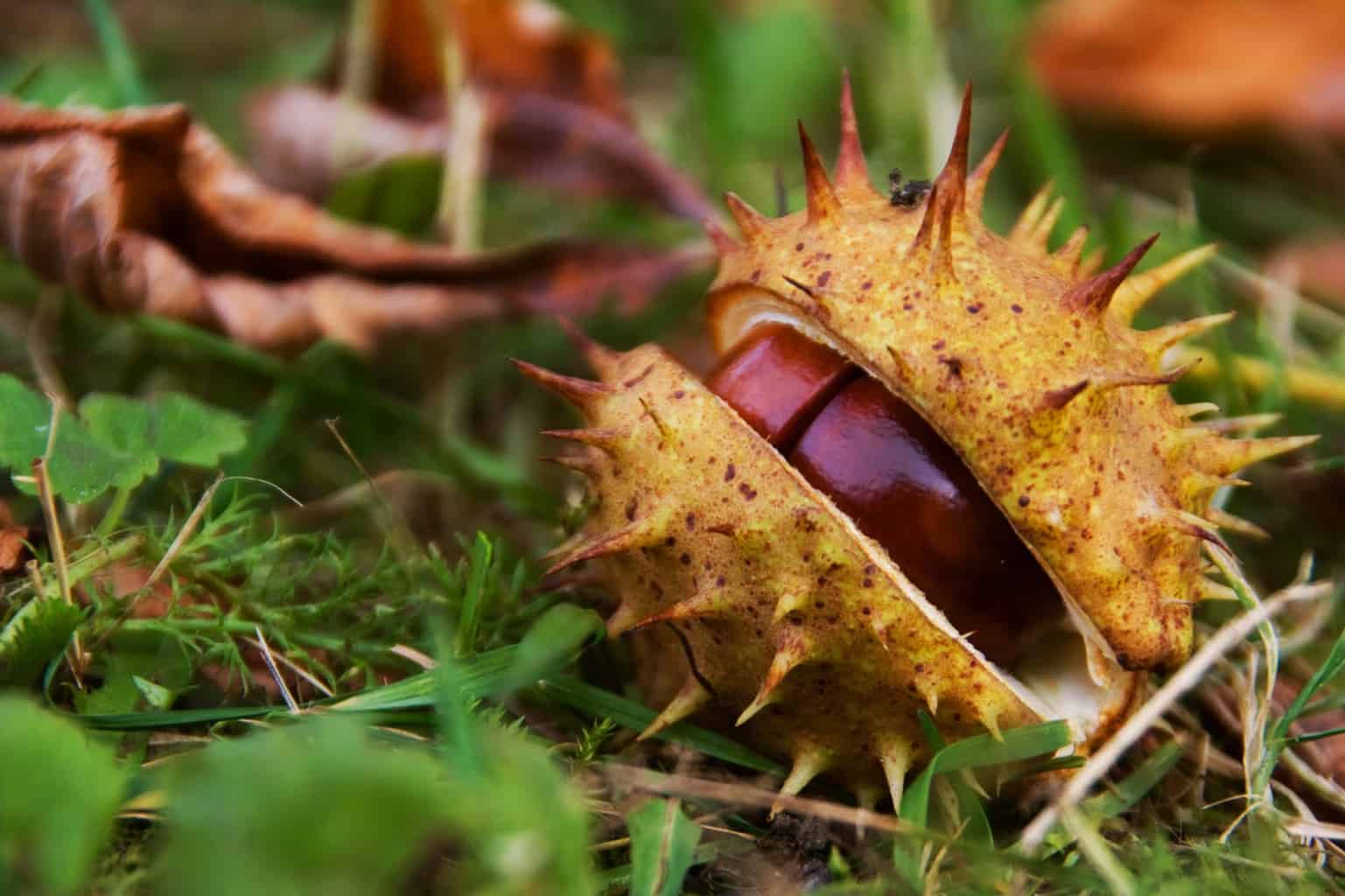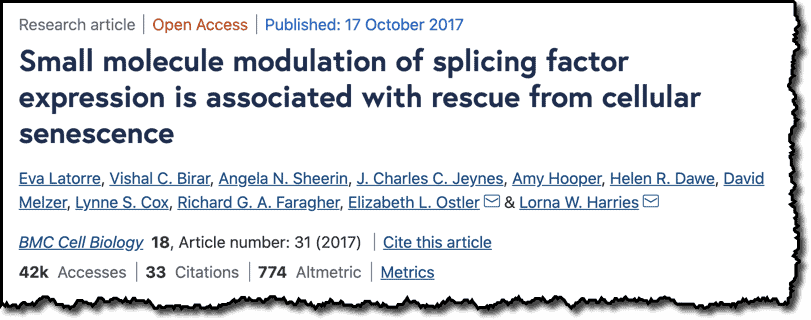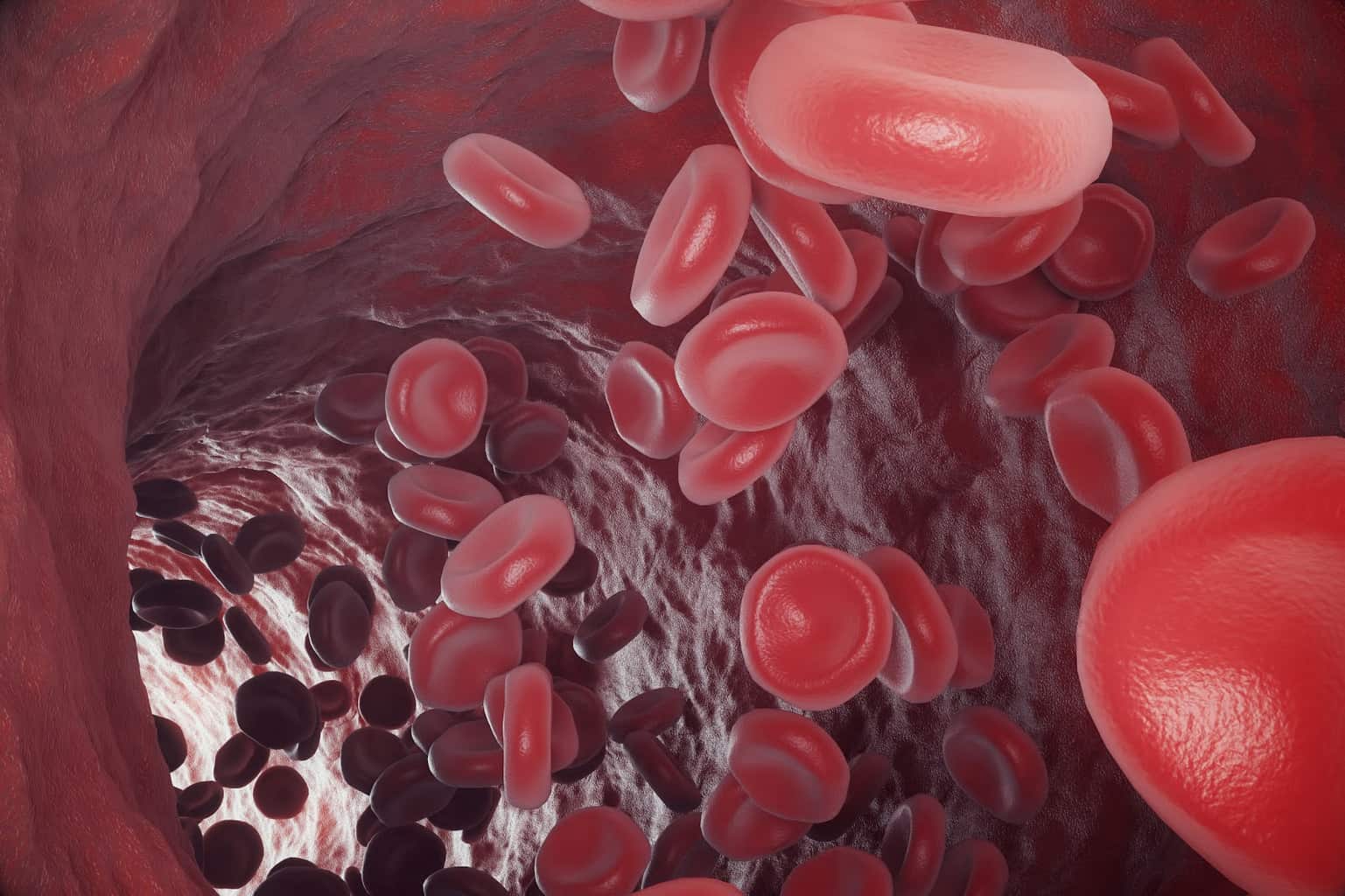
It works by opening up the blood vessels all over the body

—-Important Message—-
Scientists find way to make human cells young again — I’ve made it better
Researchers at the University of Exeter and University of Brighton have discovered it’s possible to rejuvenate the cells through something called “gene splicing”:

So instead of the cells dying off, they can be regrown with splicing.
But splicing is complicated…and expensive…
So I’ve taken this gene splicing idea and made it even better, specifically for men…
I’ve found it’s possible to rejuvenate the cells using the same science — but without complicated laboratory experiments…
So through the right combination of simple supplements, men can rejuvenate their cells all over the body…
Like down in testicles, where the Leydig cells can produce more testosterone…
And in the pancreas, where more healthy beta cells can boost the metabolism…
Even down in the male member, where younger cells equal better rockiness…
Here’s how I’m making my cells young again at home using these safe supplements (men only)
———-
How to use horse chestnut for better male blood flow
Horse chestnut (Aesculus hippocastanum L.) is a natural compound extracted from a species of trees which has been found to have definite pro-circulatory benefits.
Horse chestnut has been used for medicinal purposes for thousands of years.
As with most herbal treatments, the full extent of its impacts has not yet been clearly established:
“Extract from seeds and bark of horse chestnut (Aesculus hippocastanum L) is used as an herbal medicine against chronic venous insufficiency. The effect and mechanism of action on veins, arteries, and platelets are not fully understood.” – Felixsson et al. (2010)
It has proven effective in alleviating the symptoms of chronic venous insufficiency (CVD).
This common disease is characterized by pooling of the blood in the veins, causing swelling and pressure on the vascular system.
The impacts are often felt in the legs, with symptoms that include swelling, pigmentation, varicose veins, itching and others.
“Horse chestnut seed extract appears to be a short-term treatment option in patients with mild to moderate chronic venous insufficiency (…)” – Snow et al. (2012)
Interestingly enough, horse chestnut’s effects on the vascular system appear independent from the action of nitric oxide.
One of its major active compounds, β-escin, has been shown to inhibit the synthesis of nitric oxide.
This is very important, because many natural compounds and therapies increase circulation by upregulating nitric oxide.
However, nitric oxide synthesis is more of an emergency process, and should not be actively supported:
“The basic control of blood flow in the brain is the result of the relaxation of the wall of blood vessels in the presence of carbon dioxide, which is produced in proportion to the rate at which oxygen and glucose are being metabolically combined by active cells. In the inability of cells to produce CO2 at a normal rate, nitric oxide synthesis in blood vessels can cause them to dilate.”
In contrast to nitric oxide, carbon dioxide is the biologically protective way of increasing blood flow and resolving vascular problems:
“The mechanism of relaxation by NO is very different, however, involving the inhibition of mitochondrial energy production (Barron, et al., 2001). Situations that favor the production and retention of a larger amount of carbon dioxide in the tissues are likely to reduce the basic “tone” of the parasympathetic nervous system, as there is less need for additional vasodilation.” – (Peat, 2016)
That being said, these benefits provided by horse chestnut may not be worth it after all.
There is some evidence that its vasoconstricting effect may be driven by stimulating the 5-HT(2A) receptor.
This receptor is a serotonin receptor, and it may be very dangerous to increase serotonin, as it is implicated in various cardiovascular disease states.
In this regard, a life-threatening complication implicating horse chestnut has been documented.
Short term supplementation with horse chestnut may provide relief, and remains relatively safe, but it shouldn’t be seen as a long term solution.
—-Important Message for Men Who Want to Double Penile Blood Flow—-
This oxygen-promoting secret doubles penile blood flow
And when penile blood flow is doubled, “rockiness” is much more engorged and impressive-looking…
All it takes is this little oxygen-promoting secret that gets more blood and more nutrients flowing into your penile chambers…

Then suddenly you’re experiencing the best erections in years — even better than when you were a teenager…
And this works even if it’s been weeks, months, or years. You can do it at home.
And better yet — it’s free.
Here’s the oxygen-promoting secret that doubles penile blood flow
———-
